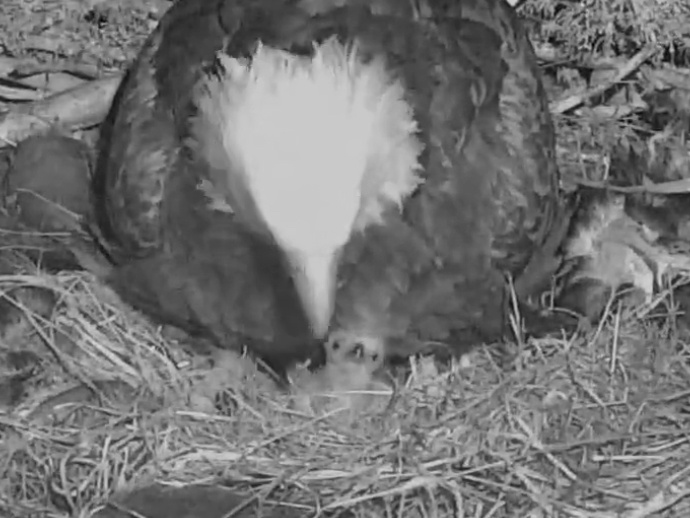
From the live cam at explore.org.
Sauces Bald Eagles on The Channel Islands.

https://explore.org/livecams/bald-eagles/channel-islands-national-park-sauces-bald-eagle

TV News, San Diego Radio, Politics and News, Sewing--The Sewing Herald Tribune....we need contributors, Travel.... Agree or Disagree....Please feel free to comment.....all comments appreciated and thank you for your time..... and food,dogs and cats...... let's sit down at this cafe, have a cup of coffee and talk about politics.


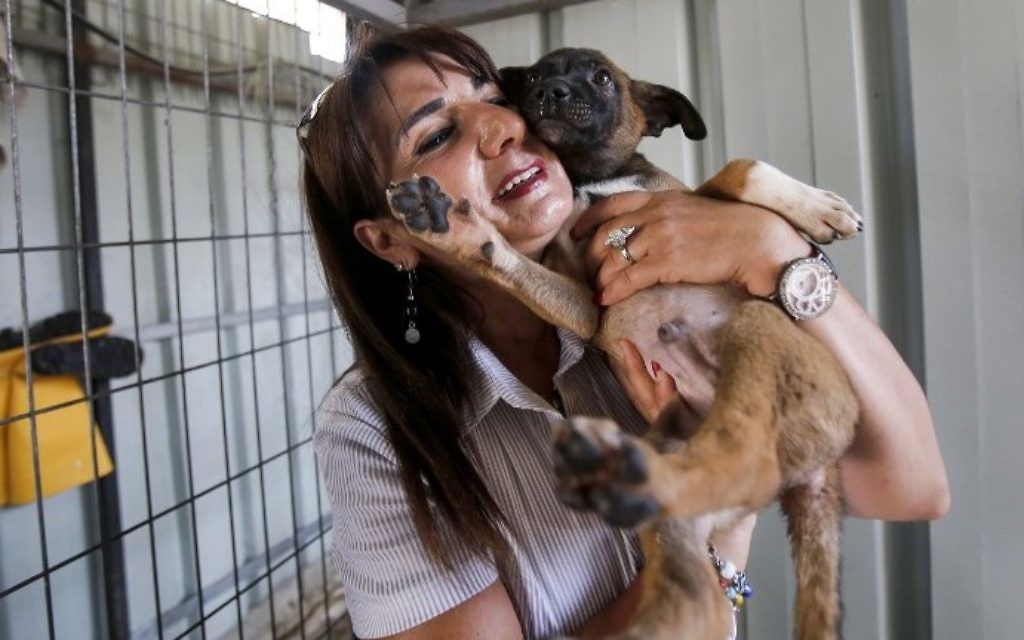
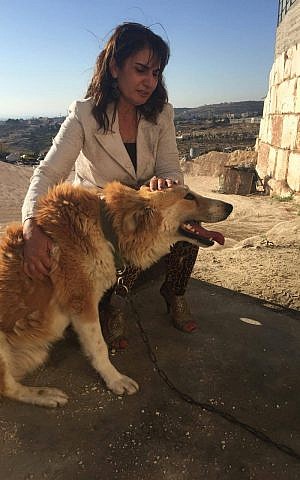
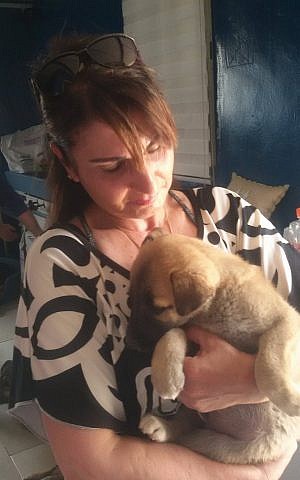
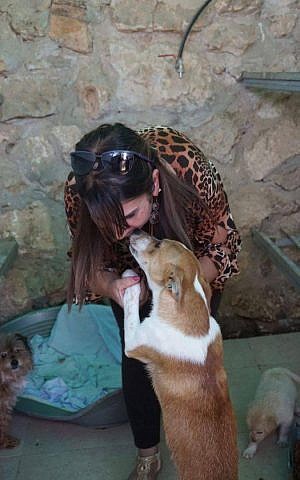
| Sunflowers with cat behind. 4:45 PM. Photo: JH. |
| August 17, 2010. Muggy and overcast in New York with thunderstorms predicted (no go). Los Angeles. As of this writing, they have given the last rites to Zsa Zsa Gabor before she left the hospital on Sunday, returning to her home in Bel Air. One of the most famous blondes of the 20th century is in her mid-nineties, the exact year somewhat clouded early on in the saga. I met Zsa Zsa in 1980 in Beverly Hills. She was a friend of our mutual friendLady Sarah Churchill. Sarah first met Zsa Zsa when she went to Blenheim to stay with Sarah's father Bert, the 10th Duke of Marlborough.
On the surface both women liked each other for the most superficial reasons. Zsa Zsa, to Sarah, was very funny and clever. Sarah to Zsa, cuisine aside, was a duke's daughter ... and a Vanderbiltheiress. Underneath that mondaine verneer, however, both women were independent-thinking, tough and liked the spotlight. For Zsa it was a living. For Sarah, who never sought it out, it was just being a Churchill; she enjoyed the attention. They understood each other. And they both liked dogs and always had more than one around the house. Zsa Zsa had another husband when I first met her – a big , tall Irishman named Michael O'Hara. He looked liked a once upon a time fullback for the USC team who traded in his uniform for bespoke suits, looking like a banker and in the construction business. O'Hara was definitely younger than Zsa although she looked like the "star" image that she perfected. She must have been in her early sixties. Mr. O'Hara might have been ten or twelve years younger.
I'd seen her many times on television. It was the same personality off-camera except not making with the jokes. She was one of the three famous Gabor sisters. They were businesswomen, sometimes shrewd, sometimes misled by men they trusted (who often took advantage of them financially). They were famous for being frou frou and frivolous. That was the act, and they made a good living at it. The eldest was Magda (who married and stayed pretty much out of the limelight). Eva, a couple of years younger than Zsa Zsa, had the most success as a straight actress, especially with a long running series calledGreen Acres. Zsa Zsa was neither a comedienne, a leading lady or even a serious actress. But she was very good at playing Herself. She made a very good living as an over-the-top femme fatale. She even married rich men and tossed them aside when she was finished with them. Her glamour and celebrity were part of her allure, and men fell for it, making her a kind of trophy wife.
After all that, Zsa Zsa, with such portfolio was a great talk show guest. She looked like the image of a courtesan and played it to the hilt, joking about it too, the European version of the dumb blonde. Dumb like a fox. But soft, and gentle, and not a bitch. She married for money, she admitted, although most were brief. "I am a marvelous housekeeper. Every time I leave a man, I keep his house." That line wouldn't play today, but in the buttoned-up, walk-the-line 50s and 60s, it was hilarious. Sex, feminine wiles, male daftness (when it comes to sex) and worldly goods like diamonds, emeralds, Rolls Royces and mansions in Bel Air. |
| Off-stage, off-performance, Zsa Zsa liked to boast that she made a fortune in real estate, buying and never selling. Whether or not that was true, the house in Bel Air, the Rolls and the diamonds was acceptable evidence in the community, and remained that way. Hollywood is a place where every actor and actress is eventually a "has-been" in terms of stardom, although there are some whose stature belies that reality and lasts longer than others. The actors themselves are keenly aware of it -- a fresh crop coming up, who, when they reach the pinnacle, take all the spotlight for themselves. Into all these lives there's a little Norma Desmond in Sunset Boulevard that comes their way.
She married nine or ten times. Some of the husbands were very rich, including husband number two, Conrad Hilton, founder of the hotel chain and great-grandfather of Paris Hilton. The Hilton marriage lasted four years and produced one child, a daughter Constance Francesca (always known as Francesca). When the hotelman died, Francesca was left only $100,000 of a multimillion dollar estate (his son Barron is a billionaire today). Hilton, it was said, didn't believe Francesca was his child. It was not stated publicly whose child he thought she was, but privately it was said that her father was Conrad Jr., known as Nicky,famous for being the first husband of Elizabeth Taylor and a man with whom Zsa Zsa had an affair while she was married to his father. (So you thought "Dynasty" was just a TV series?) Nicky Hilton died of a heart attack in 1969, two months before his 43rd birthday. At the time I knew Zsa Zsa, Francesca was often around. The exchange between the two was classic Mother/Daughter. Francesca, who is a friendly and sociable woman, eschews the gilted/blonded image of her mother. Zsa Zsa, despite her ultimate attention to herself (the working girl), could be a nudge with her daughter; a yenta (the Gabors, who were Hungarian, it happens, were also Jewish). |
| Zsa and Conrad Hilton. | Zsa Zsa with George Sanders, the man she said was the love of her life. |
| Zsa and Porfirio Rubirosa, circa 1954. |
| In my mind's eye is a cocktail party one night at someone's house in Beverly Hills where both Zsa and Francesca were present, having arrived separately. In the middle of a conversation with someone, Zsa suddenly started adjusting Francesca's hair, telling her she didn't like it , that it was too long, that she should cut it. This was said in those famous soft dulcet tones of hers mit der accent, but she was also talking to her 30-year-old daughter as if she were a 12-year-old, something that was not lost on the daughter. It was obviously embarrassing and annoying to the girl. Finally Francesca tactfully left the conversation and moved on to another part of the room to get away from her mother. A few minutes later, while she was in conversation with someone else, Zsa Zsa passed by and as she did, she put her hand on the back of Francesca's head and said aloud for everyone to hear: "too long Francesca, too long." |
| Zsa Zsa with her mother, Mrs. Jolie Gabor (L), in Las Vegas locking jewelry in safe after night club act. |
| Zsa Zsa Gabor with daughter Francesca, January 29, 1970. © Bettmann/CORBIS. |
| In the mid-80s Prince Anhalt came along, straight out of Nathanael West. Zsa Zsa was very impressed by the title, although soon the tabloids were revealing him to be a "Prince" by adoption. He was a man about 40, believably princely in this place called Hollywood that is always a costume party. He was taciturn while she effervesced. It was assumed by one and all that he'd married her for her money, and she married him for his title. Zsa Zsa was unperturbed by the revelations about her Prince wasn't really quite. She was happy to wear the title Sari Prinzessin von Anhalt for anyone who cared to know. I never asked her about it, but this was Hollywood and the business is called Show. At the end of the day it's always business; there's always the rent to think about. The three Gabor Sisters were united by their mother Jolie, whom they all adored. She was their mentor. Their stock in trade was the European accent and accompanying charm. Mama Gabor trained her girls for the big bad world. "I learned in school that money isn't everything," Zsa Zsa mused. "It's happiness that counts. So Momma sent me to a different school." (audience laughs) |
| Zsa and Prince Anhalt. |
| While her daughters were gathering publicity and making frequent trips to the altar building that bankable celebrity, Mama had a jewelry boutique on Madison Avenue. She married three times – first to the girls' father Vilmos, a Hungarian solider, and lastly to Count Edmund "Odon" de Szigethy, who was many years her junior and whom she outlived nine years. She lived to her 101st year and died in 1997. Jolie Gabor outlived her youngest, Eva, and died only two months before her eldest, Magda. Zsa Zsa, the middle child, was her mother's little champ, and gave the name that extra little zip of fame with her ersatz-notoriety. That was her business and no doubt pleased Mama more than we could know. In the end, as it was in the beginning, it was all about Mama. |